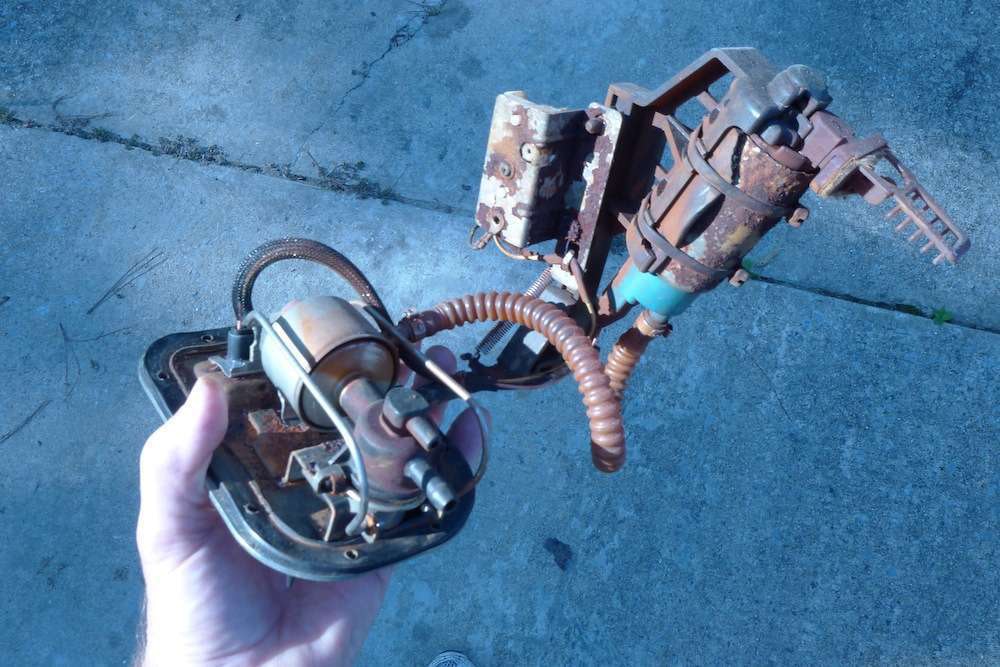Burning most biomass produces formaldehyde. Wood, Tobacco, even gasoline (without ethanol) all produce formaldehyde under combustion. Its is also found in any fabric you have that is labeled permanent press. Acetaldehyde is found in all alcohol including what you drink which makes sense because you drink ethanol. Your body converts ethanol into Acetaldehyde among other things that are bad for you. You also ingest it whenever you eat ripe fruit or drink milk. Just because something is 'on a list' doesn't mean that is the entire story. Sunlight is bad for you and so is oxygen if you are exposed to either for long enough and in large enough quantities.
The studies showing increases in formaldehyde production by combusting gasoline containing alcohol are a bit like burning a strawberry scented candle and discovering that it smells like strawberries. Its ethanol, it contains formaldehyde, but then so does a gin and tonic. Those same studies show a doubling in output of formaldehyde when you increase the ethanol mix from E5 (5%) to E85(85%) an increase of 17x which tells you that the amount of formaldehyde produced is not linear with the amount of ethanol in the mix. More importantly however the increase in production of formaldehyde only gets to the levels of toxicity produced by burning pure gas when you burn E85, below that (E5-E15) the levels of toxins are lower than regular gasoline alone.
A direct quote from the most cited study;
"We found that E85 vehicles reduce atmospheric levels of two carcinogens, benzene and butadiene, but increase two others—formaldehyde and acetaldehyde," Jacobson said. "As a result, cancer rates for E85 are likely to be similar to those for gasoline. However, in some parts of the country, E85 significantly increased ozone, a prime ingredient of smog."
I am not defending any chemical and I am all for reducing pollution but formaldehyde is everywhere, it is a byproduct of the interaction of sunlight with our atmosphere. And,, I do enjoy me some good properly distilled and aged single malt ethanol. Just sayin' - oh, and E85 is a bad idea.





